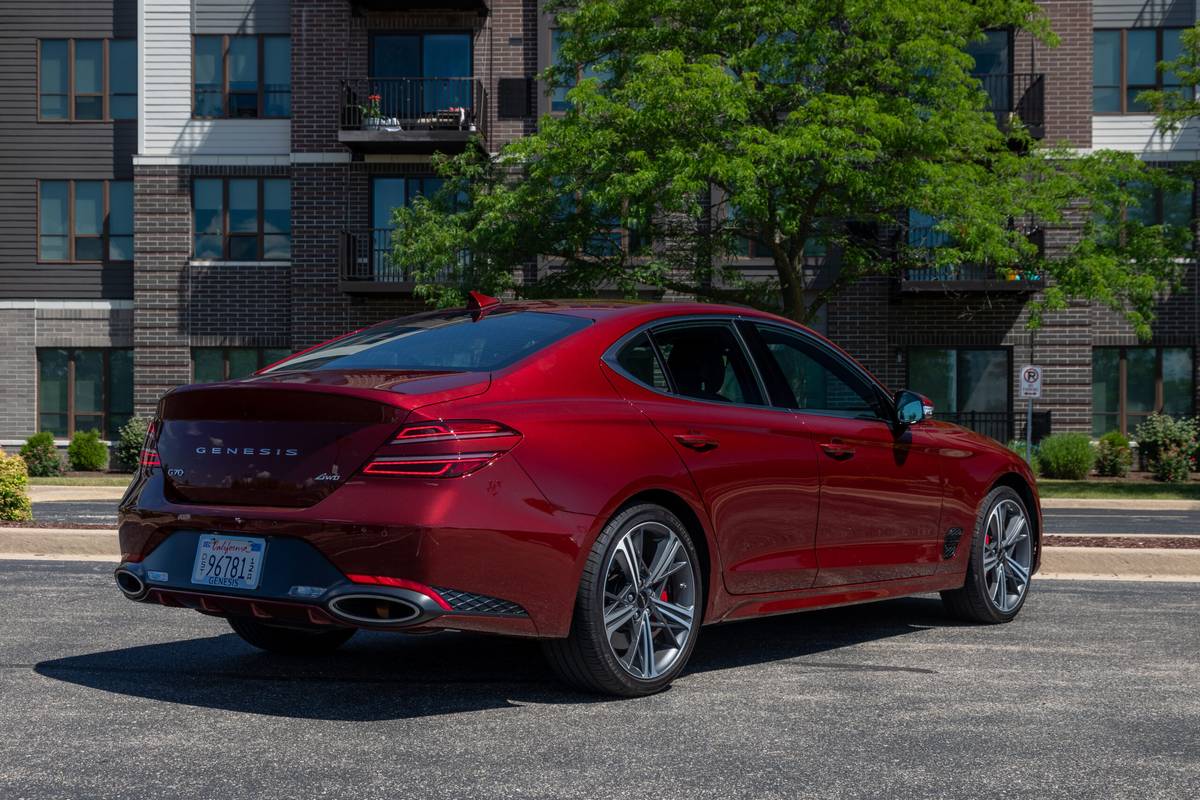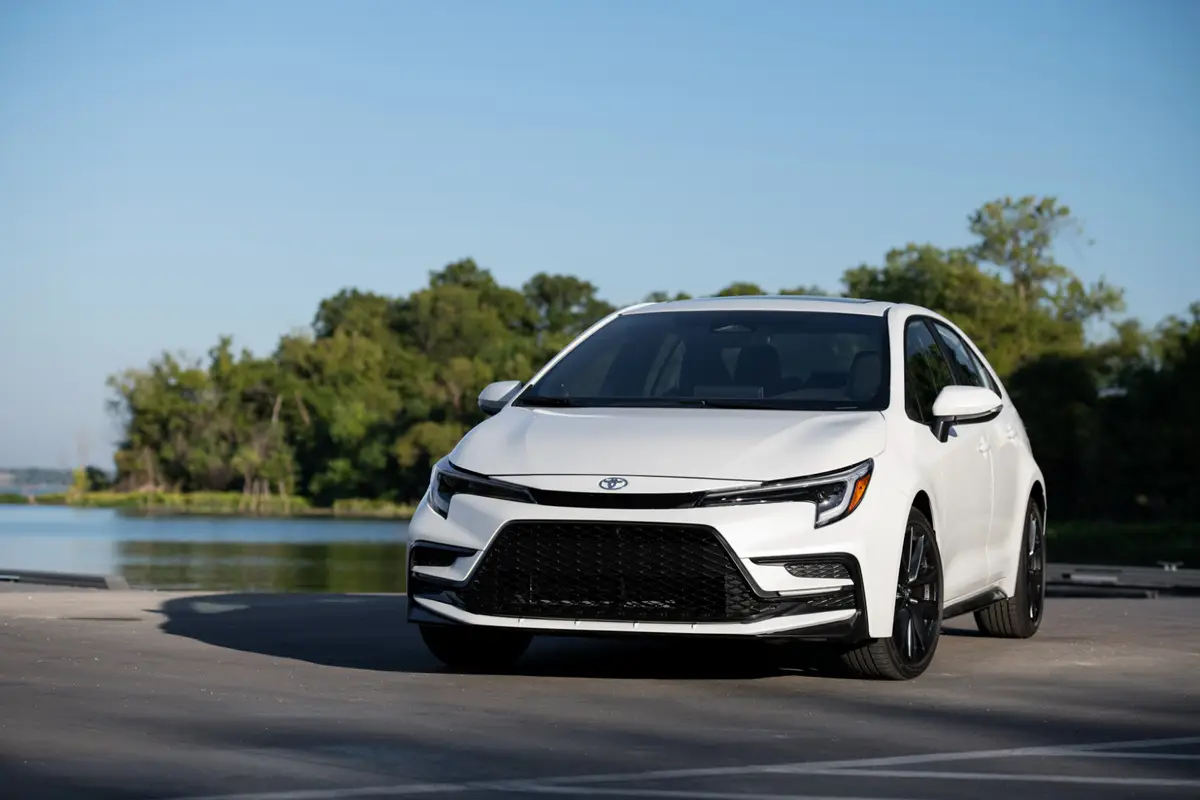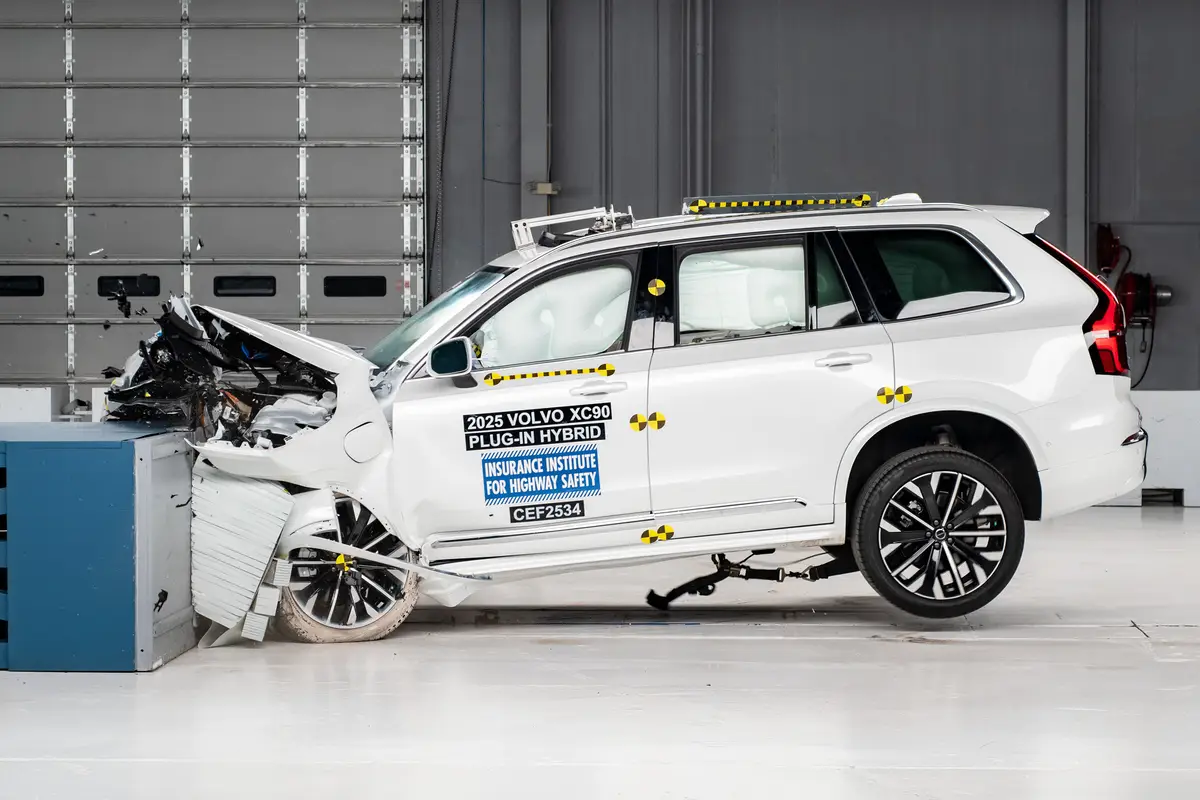chicagotribune.com's view
There’s another vehicle for tree huggers to wrap their arms around.
And it’s bigger than the subcompact Honda Insight or the compact Toyota Prius. Not as big as a midsize Honda Accord or Toyota Camry, but still with enough room to hold a small family of environmentalists.
The 2003 Honda Civic we tested brings to three the number of gas/electric hybrids in the market aimed at cleaning the air and saving the world’s supply of petroleum.
A trio of vehicles won’t clean much air or save much petroleum, but it’s a start. What’s significant with the Civic hybrid is that it’s bigger than any other gas/electric vehicle on the market and holds as many people and their things as any Civic powered by gasoline. More important, except for a deck-lid “hybrid” badge and a dash-mounted “battery charge” gauge, it doesn’t look or act like anything other than a normal Civic.
By not being out of the ordinary, very consumer friendly and a member of a well recognized Civic lineup that accounts for more than 300,000 sales annually, the hybrid is more likely to gain consumer acceptance and win more folks over to clean air and fuel conservation than any environmentalist on the talk-show circuit could.
With a combination of gas and electric, your driving range isn’t limited while you stop for a lengthy recharge as it was in the battery-powered General Motors EV1, which is on a production hiatus.
Toyota and Honda took a wiser approach with hybrids. Honda brought out the two-seat Insight coupe for 2000, Toyota the four-seat Prius for 2001.
Insight sells about 2,400 copies each year, and Prius, with two more seats and doors, will move up to 17,000-plus units in 2002 after topping 15,000 in 2001.
Prius and Insight have had their ups and downs, ups coinciding with increases in gas prices, downs with declines in gas prices, evidence that even tree huggers relax their arms when petrol is $1 a gallon.
The ’03 Civic hybrid upgrades the gas/electric power system offered in Insight in a four-door, four-passenger sedan that’s bigger than the Prius.
Prius has a 100.4-inch wheelbase, 168.3-inch total length, a 1.5-liter, 58-horsepower gas engine teamed with a 30-h.p. electric motor, a 52 m.p.g. city/47 m.p.g. highway rating, a continuously variable automatic transmission (CVT) and a base price of $19,995.
(Insight has a 94.5-inch wheelbase, 155.1-inch total length, 1-liter, 63-h.p. gas engine with a 7-h.p. electric motor, mileage rating of 61 m.p.g. city/70 m.p.g. highway, a 5-speed manual and base price of $18,880.)
Civic has a 103.1-inch wheelbase, 174.8-inch total length, a 1.3-liter, 85-h.p. gas engine with a 13-h.p. electric motor, a 47 m.p.g. city/51 m.p.g. highway rating with 5-speed manual and 48/48 with a CVT and base price of about $20,000 manual/$21,000 CVT. It comes out in April.
The CVT basically is a flexible chain belt with hundreds of tiny links that allow the belt to change shape as it moves around pulleys. The change in shape determines the appropriate gear based on your driving situation.
The CVT takes some getting used to. The shifts are smooth and seamless and you don’t hear or feel them because there’s no typical shock when changing gears. You find yourself wondering when the trans will shift, when it already has.
Prius gets better city than highway mileage because, unlike Civic or Insight, it uses its electric motor to start and get moving.
Civic’s 1.3-liter engine starts and operates very quietly. To offer such a small, fuel-efficient engine and have the power to function on the roads, a pack of 120 nickel-metal-hydride batteries feed juice to the electric motor when you demand more power by pressing on the accelerator. Any time you need a power boost, the electric motor provides the support, almost like a turbocharger.
The gas engine and electric motor are designed to provide lots of low-end torque so you pe ve movement from the light is just about the same as with the 1.7-liter, 115-h.p. 4-cylinder gas engine in the regular Civic.
When idling at a stoplight, the gas engine shuts off to conserve fuel. Touch the gas pedal and the electric motor restarts the gas engine. If the air conditioning is running, the idle-stop feature doesn’t engage.
The blue bars in the battery-charge gauge let you know when the batteries are at work or at rest and recharging. Whenever you take your foot off the accelerator or apply the brake, the electric motor stores the energy that has been produced and uses it to recharge the battery pack while you drive.
The only negative of electric power is that the battery pack is behind the rear seat. So you not only lose a tad of trunk space, but you also sacrifice split, folding rear seatbacks like in other Civic sedans.
The positive, of course, is a mileage rating guaranteed to let you pass the fuel pump.
Also contributing to fuel economy are low rolling resistance, all-season, 14-inch radial tires, front fascia tucked under the bumper to reduce air drag, a special cover under the car over the engine compartment to direct air to flow smoothly rather than become turbulent to rob mileage and a small deck-lid spoiler to direct air flow smoothly over the upper body.
The Civic hybrid has most of the desired amenities. It comes with anti-lock brakes, front/side air bags, air conditioning, power locks/windows and AM/FM radio with CD player as standard. But you can’t get power seats or power sunroof. The only option is the still unpriced CVT.
The batteries are warranted for eight years or 80,000 miles, whichever comes first. If they fail after that, the consumer is obligated to replace the system at an estimated $1,500 to $2,000, though that cost is based on 2002 dollars. As more hybrids are sold and more batteries used, the cost will come down.
The Civic hybrid is built in Japan. Honda expects to sell about 2,000 a month but can build more if needed.
It is only logical to expect that the Honda hybrid line will again expand with a third model added. A midsize Accord hybrid getting 40-plus m.p.g. would attract even more consumers and give hybrids even more currency, not to mention appeal in allowing them to carry more people and cargo just like today’s gas-only vehicles.
Honda, however, says while it’s developing hybrid technology for other vehicles, it won’t pinpoint which, though Accord isn’t as likely as, say, a compact CR-V sport-utility vehicle.
Hybrids are the bridge to fuel cells, which use hydrogen to generate electricity to power a vehicle. But fuel cells are still a long way off, because there are no hydrogen filling stations on every corner like there are gas stations now.
Latest news



